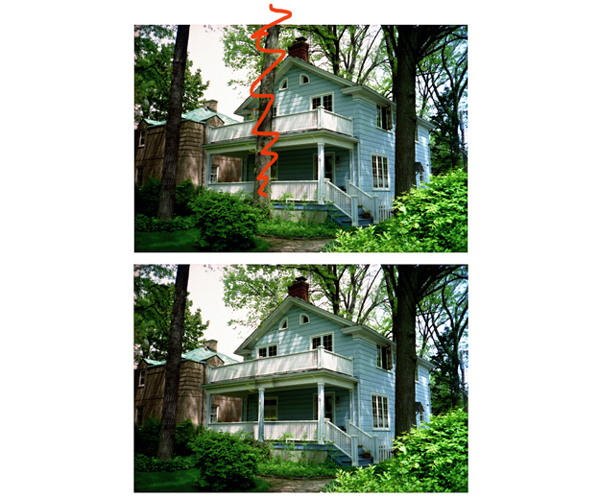The arborist knew everything there was to know about the care and feeding of mature hardwoods and the people, his residential customers, who owned them.
When he looked at the job at hand, he speculated the 1926-vintage home, a center-entrance colonial, had been built carelessly close to the huge pin oak that stood on land that had been a dairy farm before it was sold for development. The tree could have been planted after construction, but probably not.
Somewhere along the way a thousand cubic feet of concrete was poured as a porch burying half of the oak’s root system. The tree took its revenge by splitting the slab of concrete down the middle.
Its siblings monopolized the sunlight from the south so the oak listed to the north, against the house. It raised a haunting, gnawing sound during windstorms. The upper branches towered over the span of the house’s roof. An attached garage to the east had recently been destroyed by limbs from a lesser tree. The pin oak was in the wrong place. It could be dangerous. As much the homeowner tried to tell himself otherwise, he came to think of that oak as an intruder.
Reviewing the estimate for removal, he asked the arborist to explain the “Courtesy Option.” I can’t tell you what it is, you have to trust me, the arborist said. He added that customers who choose it are ecstatic that they did.
Weeks later the man returned home as the crew was sweeping up the chips. The arborist met him on the lawn. “I forgot to tell you. Your tree looked healthy on the outside but inside…rotten to the core. It wouldn’t have survived more than another year or two.” The homeowner was ecstatic.

